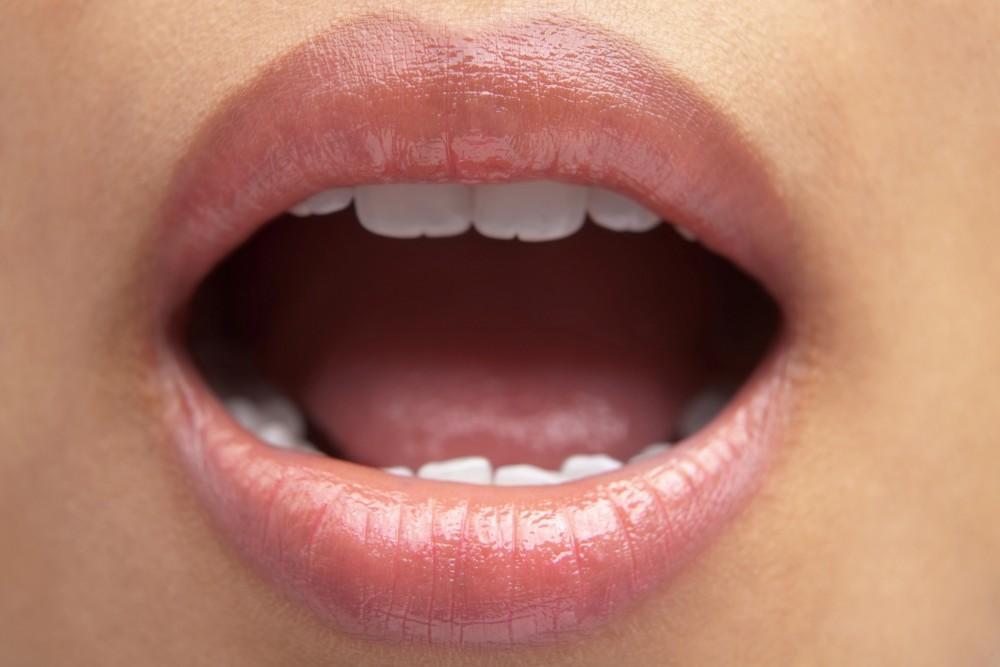
Myths and Facts About Gum Recession

Gum recession can make you self-conscious about your smile. Moreover, it is linked to diabetes, stroke, heart disease, Alzheimer’s, and complications in pregnancy.
Gum recession is most often caused by gum disease, although, as we will discuss, there can be other contributing factors. Addressing your gum disease or gum recession is vital to your overall health. We are here to let you know some common misconceptions about gum recession so that you can take steps toward healthier gums.
Myth or Fact?
Myth: Receding Gums are Painful
Gum disease and receding gums can lead to sore or tender gums and pain while you brush or chew, but that is not always the case. Sometimes it can happen without any discomfort at all. Other less obvious signs of receding gums may include loose teeth, bad breath, or bleeding.
Myth: If You Floss and Brush, You Won’t Get Receding Gums
Gum disease is extremely common. Up to half of adults have it. And while poor oral hygiene increases your risk for gum disease, other factors such as genetics, diet, diabetes, and smoking can also increase your risk.
Even with excellent oral care habits, you may have weak or thin gum tissue or tooth alignment issues that make you more likely to have receding gums. And since we all age, it is important to know that the likelihood of gum disease and recession increase with age.
Myth: Gum Recession Means You Have Cavities
While it is not uncommon for these two problems to occur in the same patients, gum disease and tooth decay are not the same things. Instead, they often occur simultaneously because they may have similar causes, such as poor brushing habits, infrequent dental visits, and an unhealthy diet. Yet, they are separate issues, and even if you have no cavities, you can still have receding gums.
Conversely, gum disease, particularly when it results in gum recession, does increase the risk of cavities and tooth loss as it can expose the fragile roots of your teeth to harmful bacteria.
Both: You Can Treat Gum Disease at Home
This is both a myth and a fact. Early gum disease can be reversed with excellent brushing and flossing habits. Regular dental appointments and cleanings will also help.
However, as gum disease progresses and gums begin to recede, pockets can form below the gum line where bacteria thrive. After a certain depth, a toothbrush and floss will not reach into these spaces to clear out plaque and bacteria. A professional cleaning will be necessary. For this reason, the later stages of gum disease cannot be reversed, only managed.
Fact: Receding Gums Don’t Grow Back
Unfortunately, even with diligent oral care, once gums begin to recede, they will not grow back naturally. At this point, it is absolutely essential to practice good brushing and flossing and to see your dentist regularly so that you can do all you can to stop gum disease and recession from progressing further.
Myth: There is No Treatment for Gum Recession
Even though your gums will not grow back on their own, that doesn’t mean you don’t have options. Tissue grafting for gum recession has been a possible treatment for quite some time. However, this process can be lengthy and painful. More advanced treatments for gum recession, such as pinhole gum rejuvenation, are less invasive and can be completed in as little as one visit.
What to Do if Your Have Gum Recession
If you are curious whether you may be a candidate for pinhole gum rejuvenation or if you suspect gum disease, don’t hesitate to make an appointment. We can guide you through what you need to do to get your gums healthy again.
You Might Also Enjoy...


Can Improving Your Smile Boost Your Career?

The Do's and Don'ts of Tooth Extraction

The Oral Health – Mental Health Connection

The Importance of Tongue Health


